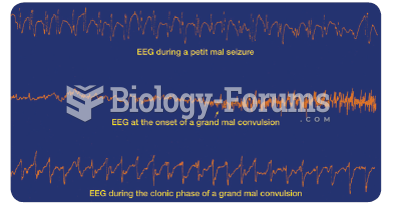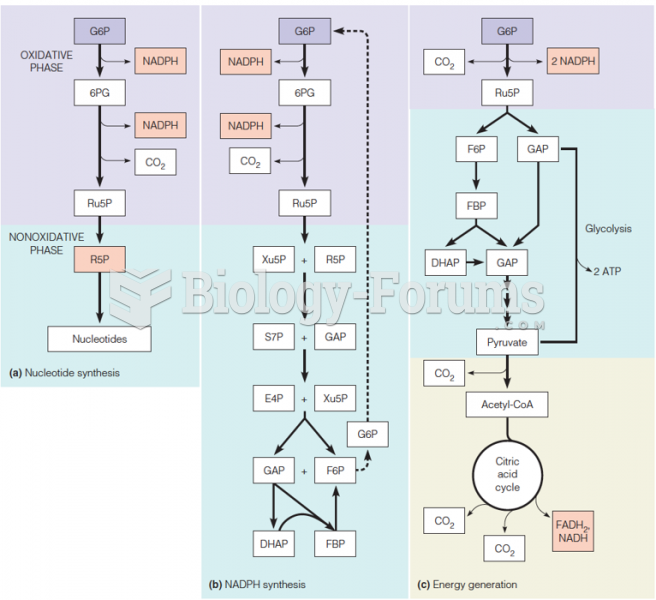This topic contains a solution. Click here to go to the answer
|
|
|
Did you know?
Everyone has one nostril that is larger than the other.
Did you know?
Vaccines prevent between 2.5 and 4 million deaths every year.
Did you know?
Many people have small pouches in their colons that bulge outward through weak spots. Each pouch is called a diverticulum. About 10% of Americans older than age 40 years have diverticulosis, which, when the pouches become infected or inflamed, is called diverticulitis. The main cause of diverticular disease is a low-fiber diet.
Did you know?
About 100 new prescription or over-the-counter drugs come into the U.S. market every year.
Did you know?
Opium has influenced much of the world's most popular literature. The following authors were all opium users, of varying degrees: Lewis Carroll, Charles, Dickens, Arthur Conan Doyle, and Oscar Wilde.
 A schematic of a typical glow plug circuit. Notice that the relay for the glow plug and intake air ...
A schematic of a typical glow plug circuit. Notice that the relay for the glow plug and intake air ...
 A view of a typical filler tube with the fuel tank removed. Notice the ground strap used to help ...
A view of a typical filler tube with the fuel tank removed. Notice the ground strap used to help ...





